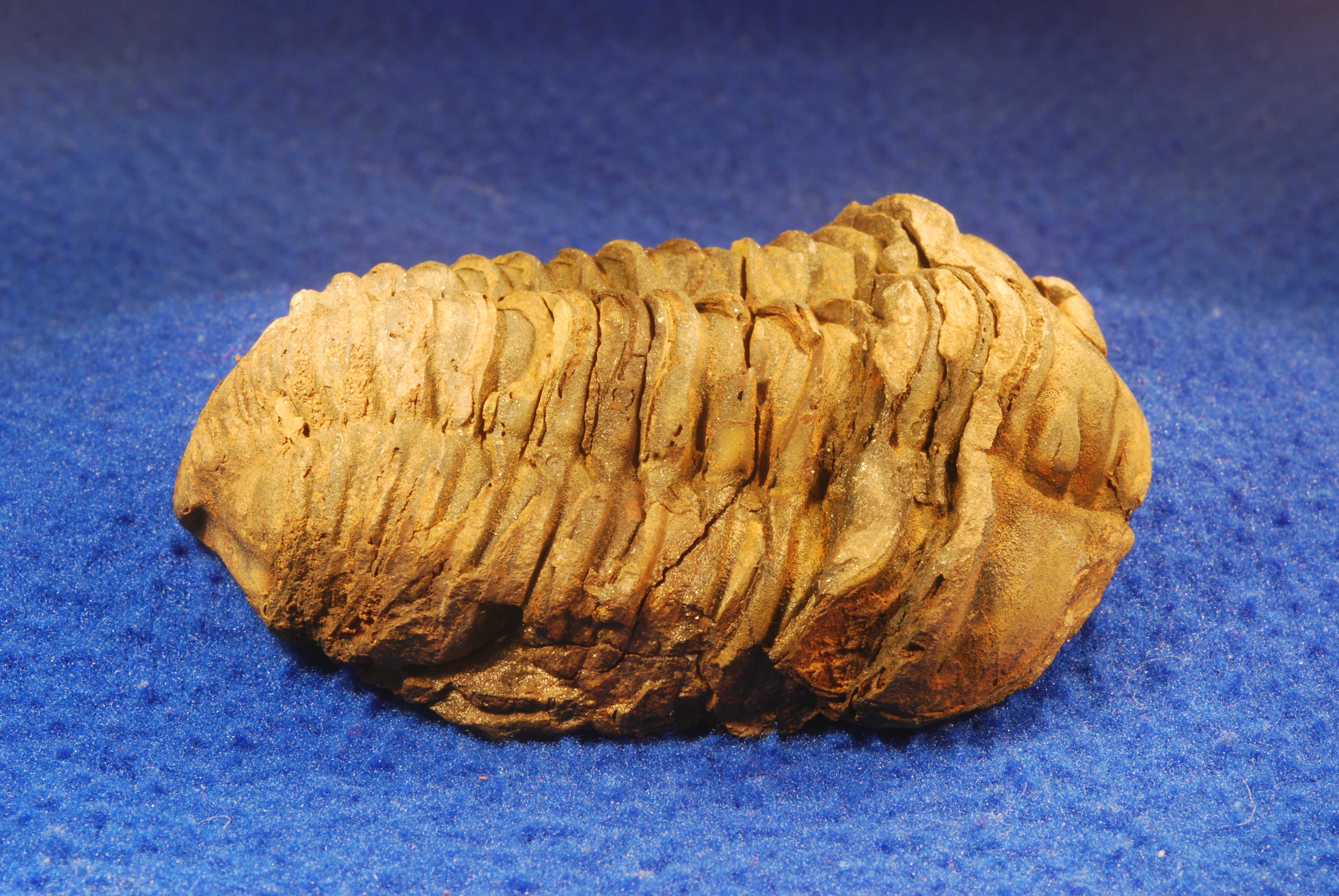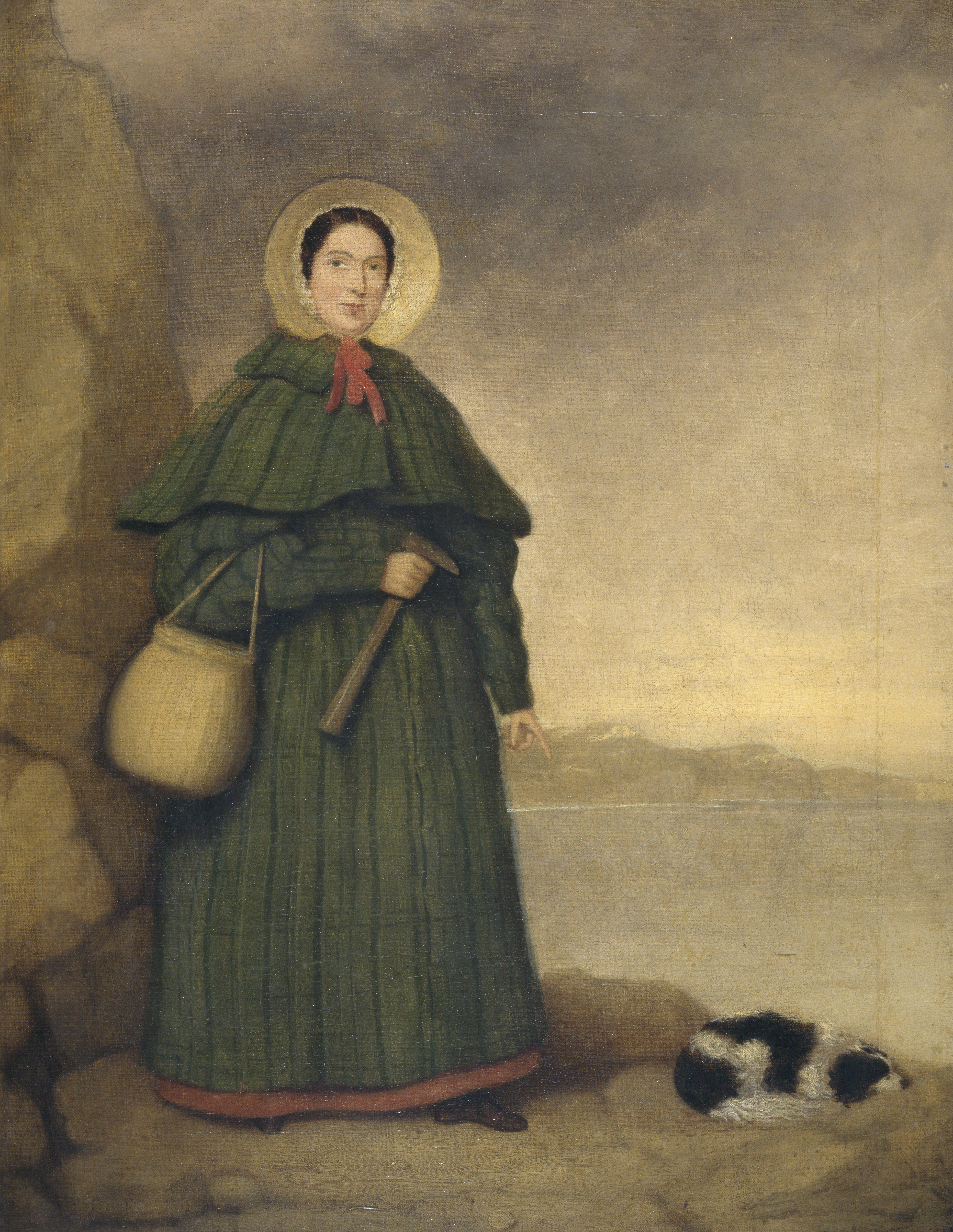|
Moroccan Fossil Industry
The Moroccan fossil trade is the large industry surrounding the excavation, preparation and international sale of fossils from Morocco. Morocco contains some of the world's richest fossil sites and has seen international interest from fossil collectors since the early 20th century. As interest in collecting fossils grew in the late 20th century, the Moroccan fossil trade grew into a lucrative industry of its own. More than 50,000 Moroccans earn their living in mining, trading or exporting fossils and the industry itself is worth more than $40 million annually. The booming industry is so big that some commentators have referred to it as "fossil capitalism" or a "trilobite economy". The fossil industry has been the source of various concerns. Some commentators worry that the industrial-scale excavations and insufficient governmental regulations are damaging Morocco's paleontological heritage. The export of fossils from Morocco is technically illegal, though the relevant laws are often ... [...More Info...] [...Related Items...] OR: [Wikipedia] [Google] [Baidu] |
Paradoxides
''Paradoxides'' is a genus of large to very large trilobite found throughout the world during the Middle Cambrian period. One record-breaking specimen of ''Paradoxides davidis'', described by John William Salter in 1863, is . The cephalon was semicircular with free cheeks ending in long, narrow, recurved spines. Eyes were crescent shaped providing an almost 360° view, but only in the horizontal plane. Its elongate thorax was composed of 19-21 segments and adorned with longish, recurved pleural spines. Its pygidium was comparatively small. ''Paradoxides'' is a characteristic Middle-Cambrian trilobite of the 'Atlantic' (Avalonian) fauna. Avalonian rocks were deposited near a small continent called Avalonia in the Paleozoic Iapetus Ocean. Avalonian beds are now in a narrow strip along the East Coast of North America, and in Europe. Description The exoskeleton of ''Paradoxides'' is large to very large, relatively flat, and about one and a half times longer than wide, with greate ... [...More Info...] [...Related Items...] OR: [Wikipedia] [Google] [Baidu] |
Collecting
The hobby of collecting includes seeking, locating, acquiring, organizing, cataloging, displaying, storing, and maintaining items that are of interest to an individual ''collector''. Collections differ in a wide variety of respects, most obviously in the nature and scope of the objects contained, but also in purpose, presentation, and so forth. The range of possible subjects for a collection is practically unlimited, and collectors have realised a vast number of these possibilities in practice, although some are much more popular than others. In collections of manufactured items, the objects may be antique or simply collectable. Antiques are collectable items at least 100 years old, while other collectables are arbitrarily recent. The word ''vintage'' describes relatively old collectables that are not yet antiques. Collecting is a childhood hobby for some people, but for others a lifelong pursuit or something started in adulthood. Collectors who begin early in life often modi ... [...More Info...] [...Related Items...] OR: [Wikipedia] [Google] [Baidu] |
Fossil Trade
The fossil trade is the purchase and sale of fossils. This is many times done illegally with stolen fossils, and many important scientific specimens are lost each year. The trade is lucrative, and many celebrities collect fossils. The fossil trade has attracted criticism from many paleontologists, who regard the private ownership of fossils to be damaging to science. History The auction of the ''Tyrannosaurus'' skeleton known as Sue in 1997 for $8.3 million is considered to have caused an increased interest in the fossil trade. According to the head of science and natural history at Christie's, James Hyslop, the market in fossils has been growing consistently since 2007. Due to the increased awareness of the lucrative nature of fossils, many landowners have become more reluctant to work with scientists, preferring to instead offer prospecting rights to the highest bidder. The international trade in fossils for use in alternative medicine, commonly referred to as "dragon bone ... [...More Info...] [...Related Items...] OR: [Wikipedia] [Google] [Baidu] |
Asteropyge
''Asteropyge'' is an extinct genus of trilobite Trilobites (; meaning "three lobes") are extinct marine arthropods that form the class Trilobita. Trilobites form one of the earliest-known groups of arthropods. The first appearance of trilobites in the fossil record defines the base of the At .... It lived from the end of the Lower Devonian (upper Emsian) into the Middle Devonian (lower and upper Eifelian), in what are today France (Armorican Massif), and Germany (Eifel area). References Acastidae Devonian trilobites of Europe Fossils of France Fossils of Germany Early Devonian first appearances Eifelian extinctions {{phacopida-stub ... [...More Info...] [...Related Items...] OR: [Wikipedia] [Google] [Baidu] |
Paleoecology
Paleoecology (also spelled palaeoecology) is the study of interactions between organisms and/or interactions between organisms and their environments across geologic timescales. As a discipline, paleoecology interacts with, depends on and informs a variety of fields including paleontology, ecology, climatology and biology. Paleoecology emerged from the field of paleontology in the 1950s, though paleontologists have conducted paleoecological studies since the creation of paleontology in the 1700s and 1800s. Combining the investigative approach of searching for fossils with the theoretical approach of Charles Darwin and Alexander von Humboldt, paleoecology began as paleontologists began examining both the ancient organisms they discovered and the reconstructed environments in which they lived. Visual depictions of past marine and terrestrial communities have been considered an early form of paleoecology. Overview of paleoecological approaches * Classic paleoecology uses data from ... [...More Info...] [...Related Items...] OR: [Wikipedia] [Google] [Baidu] |
Pluridens Walkeri
''Pluridens'' ("many teeth") is an extinct genus of marine lizard belonging to the Mosasauridae. ''Pluridens'' is placed in the subfamily Halisaurinae with the genera ''Phosphorosaurus'', ''Eonatator'' and ''Halisaurus''.Konishi, Takuya; Caldwell, Michael W.; Nishimura, Tomohiro; Sakurai, Kazuhiko; Tanoue, Kyo (2015). "A new halisaurine mosasaur (Squamata: Halisaurinae) from Japan: the first record in the western Pacific realm and the first documented insights into binocular vision in mosasaurs". Journal of Systematic Palaeontology: 1–31. doi:10.1080/14772019.2015.1113447. Compared to related halisaurines, ''Pluridens'' had longer jaws with more teeth, and smaller eyes. It also grew large size, measuring long and perhaps over in some individuals. The jaws in some specimens are robust, and sometimes show injuries suggestive of combat. The jaws may have been used for fighting over mates or territories. ''Pluridens'' lived in the shallow seas of West Africa during the late Ca ... [...More Info...] [...Related Items...] OR: [Wikipedia] [Google] [Baidu] |
Mosasaur
Mosasaurs (from Latin ''Mosa'' meaning the 'Meuse', and Greek ' meaning 'lizard') comprise a group of extinct, large marine reptiles from the Late Cretaceous. Their first fossil remains were discovered in a limestone quarry at Maastricht on the Meuse in 1764. They belong to the order Squamata, which includes lizards and snakes. Mosasaurs probably evolved from an extinct group of aquatic lizards known as aigialosaurs in the Earliest Late Cretaceous with 42 described genera. During the last 20 million years of the Cretaceous period (Turonian–Maastrichtian ages), with the extinction of the ichthyosaurs and pliosaurs, mosasaurs became the dominant marine predators. They themselves became extinct as a result of the K-Pg event at the end of the Cretaceous period, about 66 million years ago. Description Mosasaurs breathed air, were powerful swimmers, and were well-adapted to living in the warm, shallow inland seas prevalent during the Late Cretaceous period. Mosasaurs were so ... [...More Info...] [...Related Items...] OR: [Wikipedia] [Google] [Baidu] |
Erfoud
Erfoud ( ber, ⴰⵔⴼⵓⴷ, Latn, ber, Arfud; ar, أرفود) is an oasis town in the Sahara Desert, in the Drâa-Tafilalet region, eastern Morocco. It is divided into several districts: Hay Salam, Hay Jdid, Hay Ziz, Hay el Bathaa, Hay Annahda, and Hay el Hamri. Due to its proximity to Merzouga desert village in the Erg Chebbi Dunes, Erfoud has developed tourist-related infrastructures such as hotels and restaurants. Filming location Erfoud is a destination for filmmakers due to the beauty of the surrounding Sahara Desert and the town's oasis areas. Erfoud has been a filming location for many films, including: *'' March or Die'' (1977) :In the film archeologists are uncovering an ancient city near Erfoud buried by a sand storm 3,000 years ago. The site is the resting place of a Berber saint, "The Angel of the Desert". *''The Mummy'' (1999) :Filming began in Marrakech, Morocco on May 4, 1998 and lasted 17 weeks. Photography then moved to the Sahara Desert outside Erfou ... [...More Info...] [...Related Items...] OR: [Wikipedia] [Google] [Baidu] |
Spinosaurus
''Spinosaurus'' (; ) is a genus of spinosaurid dinosaur that lived in what now is North Africa during the Cenomanian to upper Turonian stages of the Late Cretaceous period, about 99 to 93.5 million years ago. The genus was known first from Egyptian remains discovered in 1912 and described by German palaeontologist Ernst Stromer in 1915. The original remains were destroyed in World War II, but additional material came to light in the early 21st century. It is unclear whether one or two species are represented in the fossils reported in the scientific literature. The best known species is ''S. aegyptiacus'' from Egypt, although a potential second species, ''S. maroccanus'', has been recovered from Morocco. The contemporary spinosaurid genus ''Sigilmassasaurus'' has also been synonymized by some authors with ''S. aegyptiacus'', though other researchers propose it to be a distinct taxon. Another possible junior synonym is ''Oxalaia'' from the Alcântara Formation in Brazil. ' ... [...More Info...] [...Related Items...] OR: [Wikipedia] [Google] [Baidu] |





